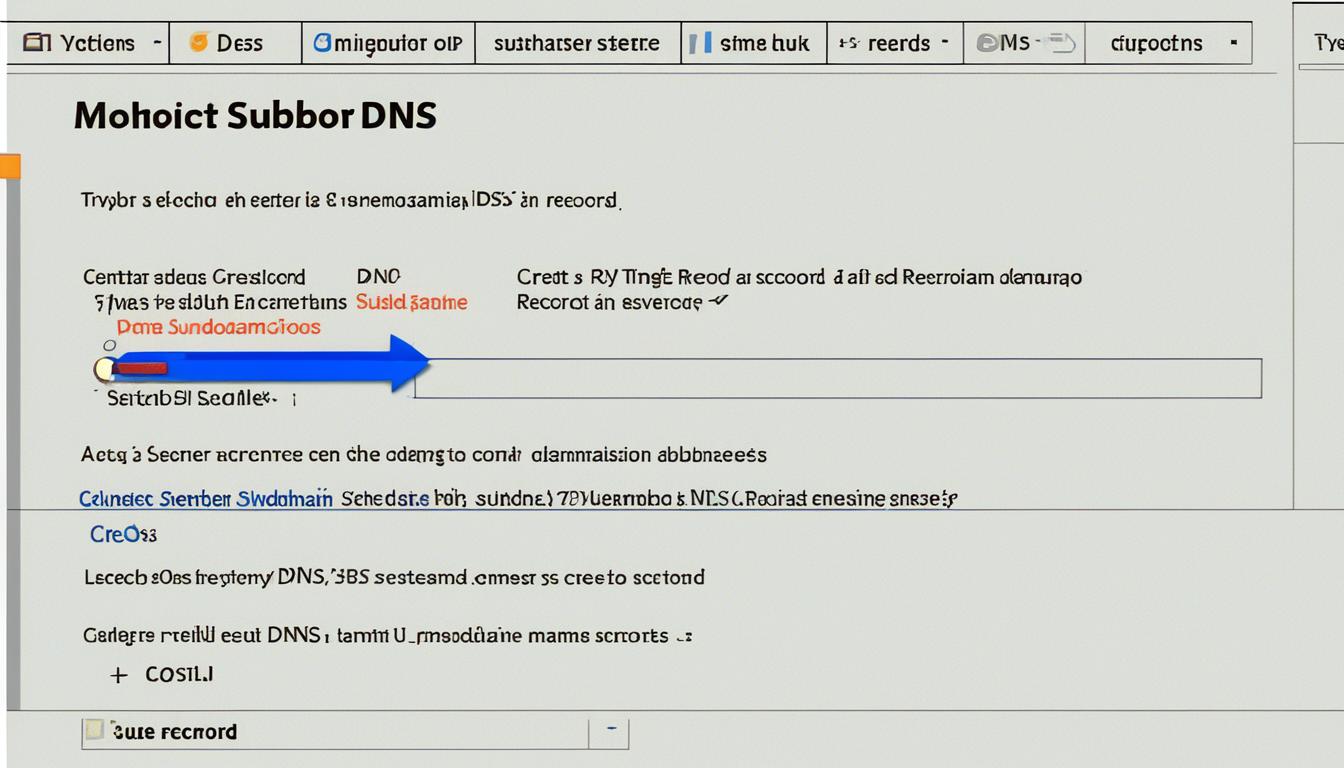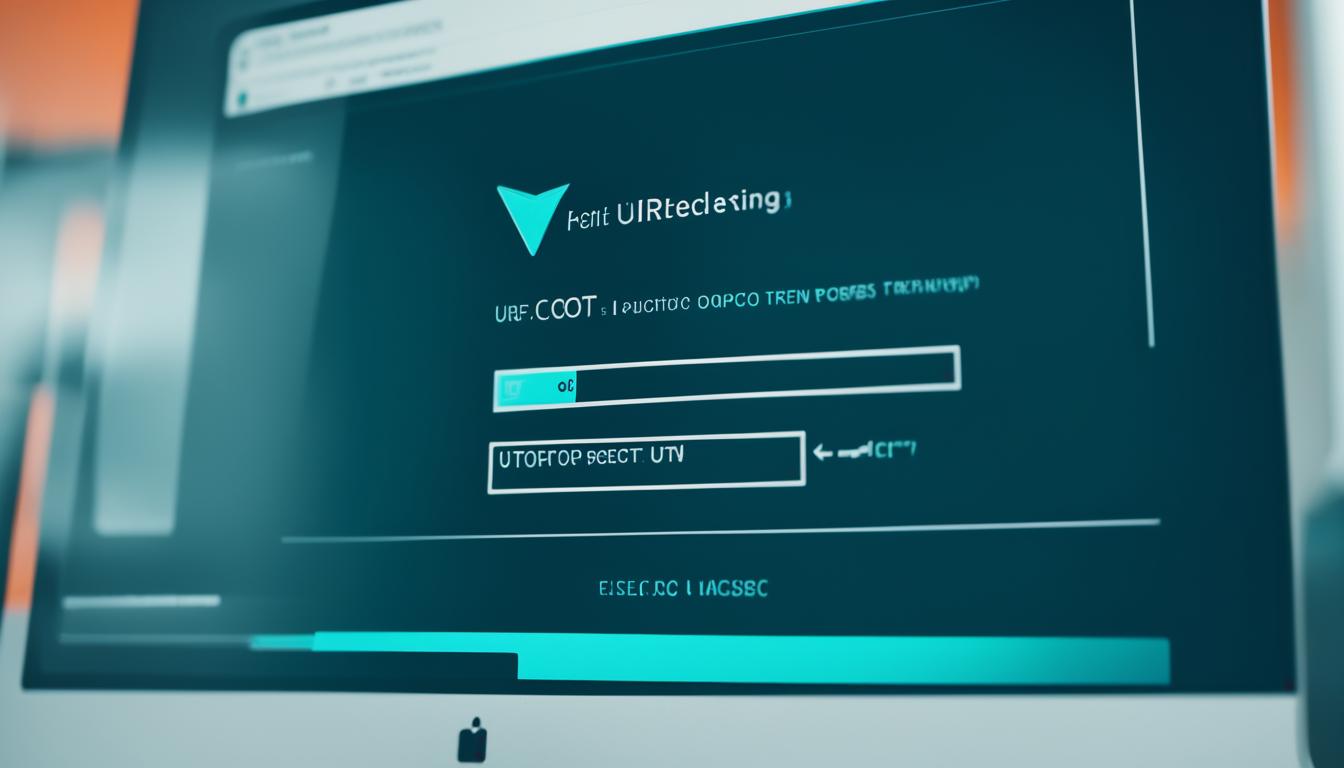What Is a Web Address? Web Address Definition
Did you know that there are currently over 1.7 billion websites on the internet? Each of these websites has a unique web address that directs users to a specific page, file, or photo. Understanding how web addresses work is essential for navigating the vast online landscape.
Key Takeaways:
- A web address, also known as a Uniform Resource Locator (URL), is a unique reference that directs users to a specific page, file, or photo on the internet.
- Web addresses consist of several components, including the scheme, domain name, domain extension, path, and potentially a subdomain.
- There are two types of web addresses: absolute URLs, which contain all the components, and relative URLs, which only include the path.
- When choosing a web address, it’s important to consider your domain name, domain extension, and how you organize your URL paths.
- URLs play a crucial role in navigating the internet and are used extensively in various technologies.
Components of a Web Address
A web address is made up of various components that help define its structure and functionality. Understanding these components is key to navigating the vast landscape of the internet. Let’s explore each element in detail:
-
Scheme: The scheme denotes the protocol used to access the resource. Common schemes include HTTP (Hypertext Transfer Protocol) and HTTPS (HTTP Secure). The scheme is typically specified at the beginning of a web address, such as
https://. -
Domain Name: The domain name serves as the unique identifier for a website. It is the address that users type into their browsers to visit a specific site. For example, in the web address
https://www.example.com, “www.example” represents the domain name. - Domain Extension: Also known as a top-level domain (TLD), the domain extension follows the domain name and provides additional context about the website. Common examples of domain extensions include .com, .org, and .net. In our earlier example, “.com” is the domain extension.
-
Path: The path specifies the location of a specific webpage or file within a website. It comes after the domain name and can include multiple levels of directories. For instance, in the web address
https://www.example.com/blog/article.html, “/blog/article.html” represents the path. -
Subdomain: A subdomain is an optional addition that precedes the domain name, allowing for further categorization or organization within a website. For example, in the web address
https://blog.example.com, “blog” is the subdomain.
By understanding these components, you can decipher and navigate web addresses with ease. Let’s continue our exploration of URLs and uncover the different types they can take.
Types of Web Address
When it comes to web addresses, there are two main types: absolute URLs and relative URLs. Understanding the differences between these two types can help you navigate the online world more effectively.
Absolute URLs
An absolute URL contains all the components of a web address, providing the exact location of a webpage. These components include the scheme, domain name, domain extension, and path. Let’s break down each component:
- The scheme specifies the protocol used to access the resource, such as HTTP or HTTPS.
- The domain name refers to the website’s name and acts as the primary identifier.
- The domain extension, also known as a top-level domain, follows the domain name and gives additional information about the website, like .com, .org, or .net.
- The path indicates the specific webpage or file within the primary website that users want to visit.
So, if I were to provide an absolute URL, it would be something like this: https://example.com/about. This URL includes all the necessary information to locate the exact webpage I want you to visit.
Relative URLs
On the other hand, relative URLs are used in closed networks where the domain name can be assumed. These URLs only include the path and eliminate the need to specify the scheme, domain name, and domain extension. Relative URLs are concise and require users to provide the path to find their destination.
For example, if my initial webpage is https://example.com/, and I want to link to a file called “contact.html” within the same website, I can use a relative URL like this: /contact.html.
Relative URLs are useful when navigating within a website or linking to pages within the same domain. They simplify the URL structure and can make it easier to manage and update links when website content changes.
| Absolute URLs | Relative URLs |
|---|---|
| Contain all components: scheme, domain name, domain extension, and path | Include only the path |
| Provide the exact location of a webpage | Assume the domain and provide a path relative to the current webpage |
| Used for linking to external websites or specific pages | Used for navigating within a website or linking to pages within the same domain |
Understanding the differences between absolute and relative URLs can help you make informed decisions when creating links and navigating the online world. Whether you need to specify the exact location of a webpage or simply link to pages within your own website, knowing which type of URL to use is essential.
URL Design Tips
When it comes to choosing a web address, there are a few important considerations to keep in mind. A well-designed URL can contribute to a positive user experience and help establish your online presence. Here are some key tips to consider:
- Select a memorable domain name: Your domain name should reflect your brand and be easy for users to remember. Choose a name that is unique and relevant to your business.
- Choose the right domain extension: Consider different domain extensions beyond the popular .com, such as .org or .net. The extension should align with the purpose and nature of your website.
- Organize your URL paths: Create a clear and logical structure for your URL paths to make it easier for users to navigate your website. Use relevant keywords in the path to improve SEO.
By following these tips, you can create a web address that stands out, represents your brand effectively, and enhances your website’s professional authority.

Importance of URLs and URL Shorteners
URLs, or web addresses, play a crucial role in navigating the internet. They are the key to accessing specific pages, files, and photos online. URLs are widely used in various web technologies, including HTML, CSS, and JavaScript. They provide a unique identifier that directs users to their desired online location.
Semantic URLs are highly recommended for better user understanding and search engine optimization. These URLs incorporate meaningful words that describe the content of the webpage. By using descriptive terms in the URL, users can have a clear idea of what to expect when they click on the link. Search engines also prefer semantic URLs as they convey relevant information about the webpage’s content.
Another type of URL worth mentioning is the data URL. These URLs are prefixed with the data: scheme and allow content to be embedded directly in the URL. Data URLs are particularly useful for embedding small images or pieces of data within the URL itself. They eliminate the need for separate image files and can improve the performance of web pages.
URL shorteners are popular tools that can reduce the length of URLs, making them more manageable and shareable. They are particularly useful on platforms that have character limits, such as social media. However, it’s important to choose a reputable URL shortener service to ensure the security and reliability of the shortened URLs. Some URL shorteners have been abused by spammers, so it’s crucial to exercise caution when selecting a service.
FAQ
What is a web address?
What are the components of a web address?
What are the types of web addresses?
How should I choose a web address?
Why are URLs important and what is the role of URL shorteners?
- How Strategic SEO Drove Growth for a CPAP E-commerce Brand - July 24, 2025
- Top 3 SEO Companies in Toronto: An Analytical Comparison - July 23, 2025
- SEO for Entry Door Services - April 24, 2025





















Post Comment
You must be logged in to post a comment.